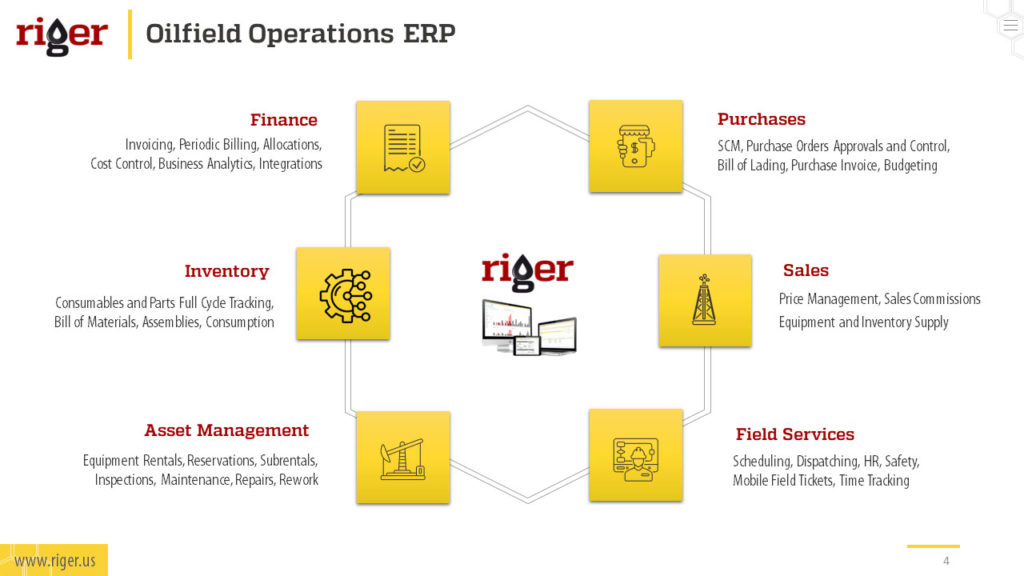The oilfield is enormous. The scale at which it operates is difficult to fathom. Everything in the oilfield is enormous, right from the equipment to the tasks carried out. Implementing an
operations management software in such an environment is not an easy feat. There are several challenges right during the implementation phase. They range from technical issues to employee resistance to change, and can require significant investments of time and resources to overcome. In this article, we’ll explore some of the key challenges that need to be tackled when implementing an oilfield operations management software.
One of the fundamental challenges that oilfield service companies face while implementing operations management software is the integration of the new software with existing systems. Oilfield service companies often have a variety of software tools and systems in place to manage their operations, including accounting, inventory management, and field service management. In fact, most oilfields have several legacy systems in place that may be difficult to integrate with a new software. This can lead to data silos and difficulties in synchronizing data across platforms. It is crucial to identify and address these integration issues early on in the implementation process to ensure a smooth transition to the new system.
To overcome this challenge, oilfield service companies may need to invest in custom development and integration services to ensure that the new software is fully integrated with existing systems. This may involve working with a software development partner who can help design and implement custom integrations, or leveraging existing APIs and other integration tools to connect the new software with existing systems.
Employee resistance to change is another challenge that oilfield service companies may face when implementing operations management software. Introducing software into an environment where people have solely depended on paper tickets, printouts and more can disrupt existing workflows and processes, and some employees may be resistant to change. It can take time and effort to get buy-in from all stakeholders and ensure everyone is on board with the new system.

